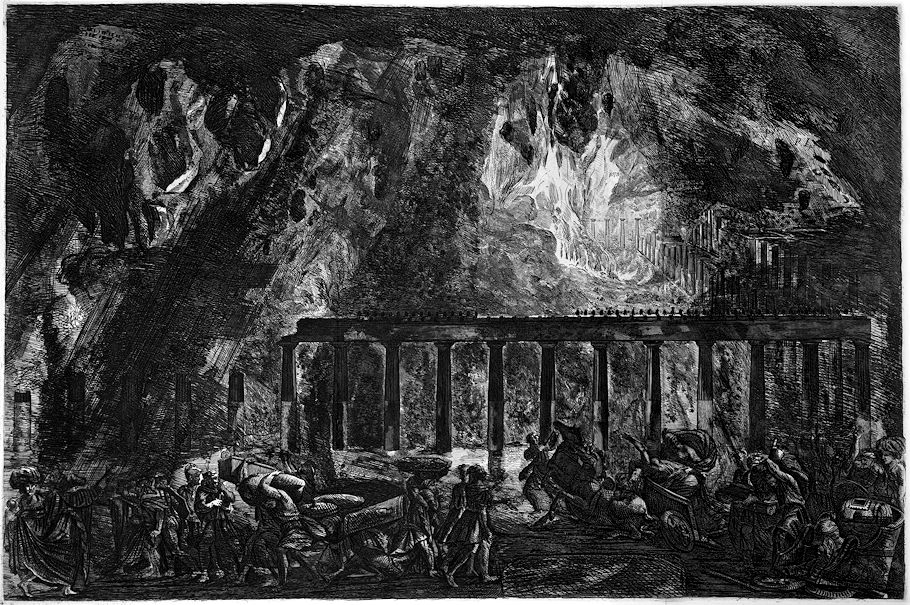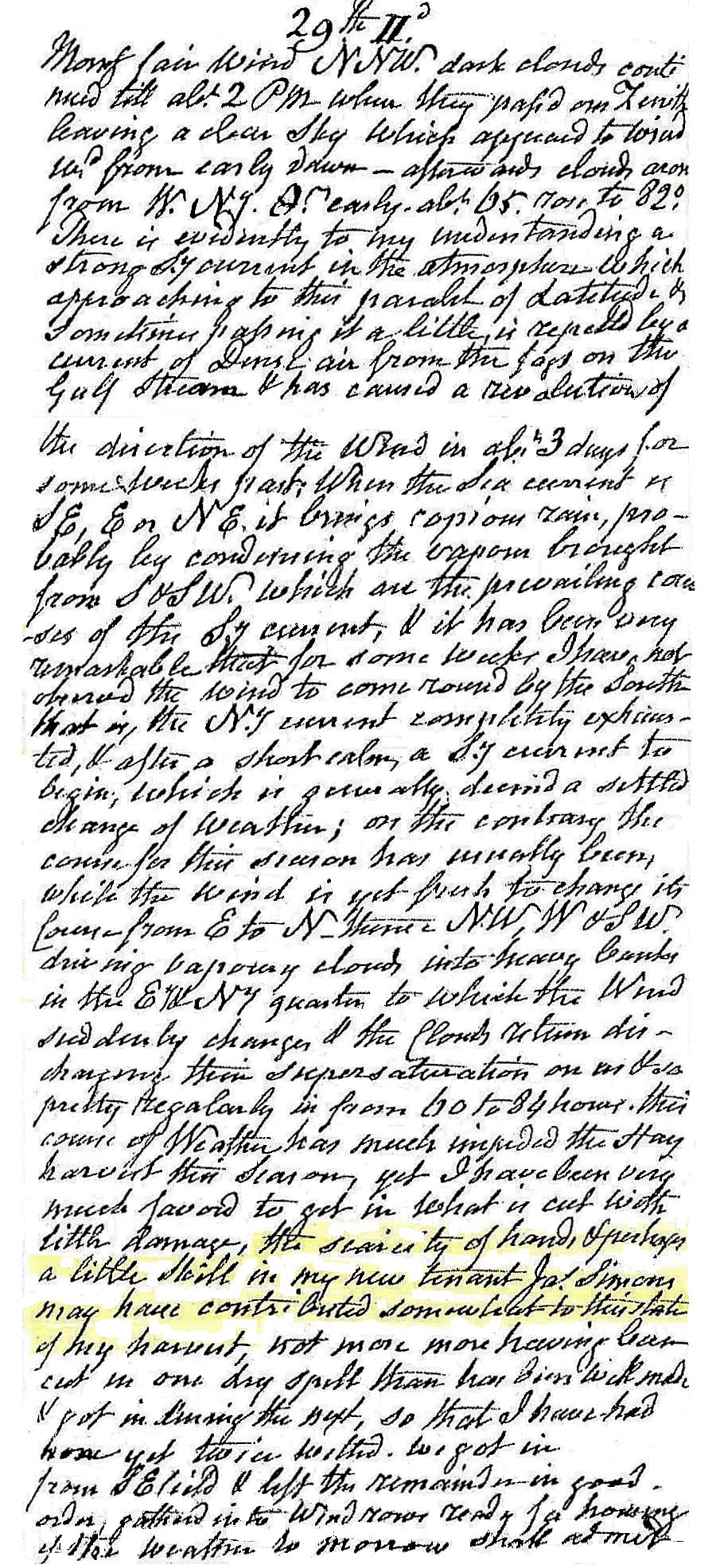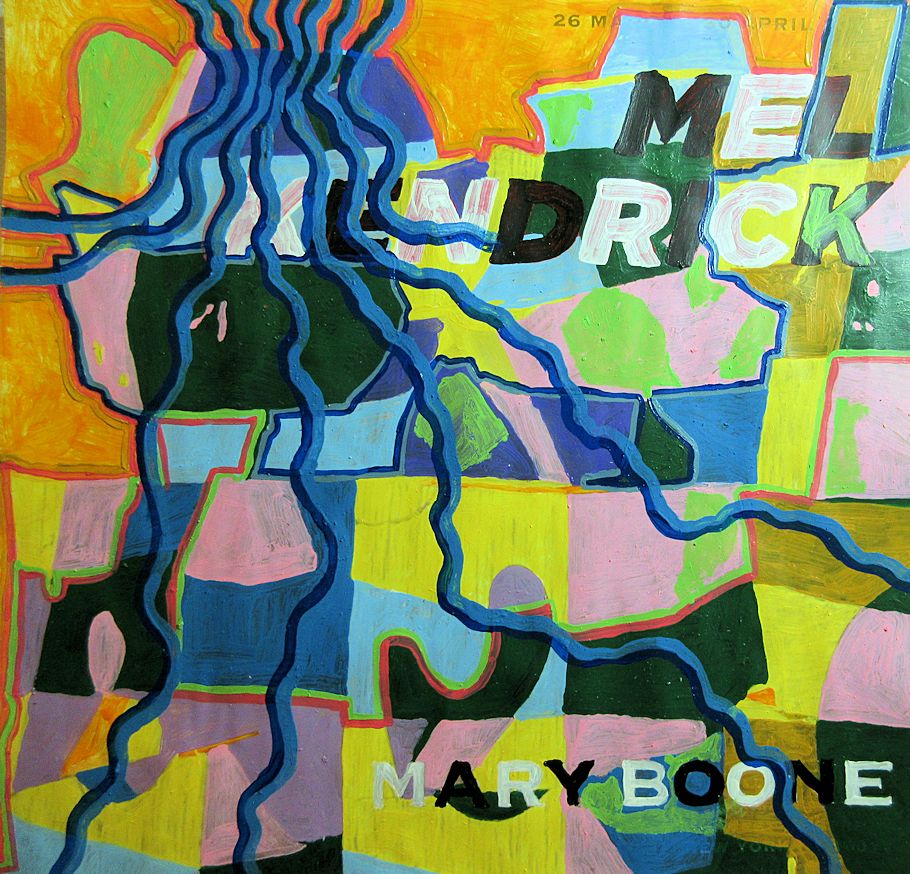29 June 1778 Monday
. . . . . .
1789
Descrizione dei circhi, particolarmente di quello di Caracalla e dei giochi in esso celebrati
Description of circuses, particularly that of Caracalla and the divine games celebrated in it

I will not evaluate at all the other assertion of Fulvio, that that temple was built and decorated by Silla with a hundred great columns; thing, which if it were certain, could never occur in the circus temple, which was not so vast, and capable of such a number of columns; for it was already observed by Donati that she was deprived of reason and of the authority of the ancients.
But from the news of the temple of Mars in this region, from the memoirs of Praetorian soldiers, and others found there, and from a confused tradition of military matters, our antique dealers of the good time, in which it was enough to propose, in order to decide, wanted to assume the Castro Praetorium; and not knowing the precise site, they believed that it could only be the square courtyard of the Circus, which, seen from afar so completely enclosed around it, and without too much reflection, a quarter appeared, which would also have been very small in terms of so much militia. At present, good philological and antiquarian criticism requires an accurate account of the entire building described; and that the authorities of the ancient writers that are adduced are as clear as possible, and that the conjectures that are proposed are reasonable.
That suffices for our purpose. I will add only in passing, that the thought of our Author, to publish the Circus of Caracalla, excited others to do the same, and to contend with him unhappily, and without the necessary knowledge, the primacy of this enterprise; since from his writings, although informal, read, or understood by others, some work may have been enriched.
From the Chigiana Library on 15 November 1789.
46 y.o. Francesco Piranesi 1804
Le Antichità della Magna Grecia Parte I

Representing the horrible moment of the second destruction of the City of Pompeii, by the Lavas and Candres of Vesuvius.
29 June 1812 Monday

Morning fair, wind NNW, dark clouds continued till about 2 PM when they passed our zenith leaving a clear sky which appeared to wind[?] ... from early dawn. Afterwards clouds arose from W Nerly. Temperature early about 65 rose to 82°. There is evidently to my understanding a strong southerly current in the atmosphere which approaching to this parallel of latitude and sometimes passing it a little, is repelled by a current of dense air from the fogs on the gulf stream and has caused a revolution of the direction of the wind in about 3 days for some weeks passed. When the sea current is S, E or NE, it brings copious rain, probably by condensing the vapor brought from S and SW, which are the prevailing courses of the southerly current, and it has been very remarkable that for some weeks I have not observed the wind to come round by the south that is, the northerly current completely exhausted, and after a short calm a southerly current to begin, which is generally deemed[?] a settled change of weather. On the contrary, the course for this season has usually been, while the wind is yet fresh to change its course from E to N--thence N, NW and SW driving vapory clouds into heavy banks in the easterly and northerly quarters to which the wind suddenly changes and the clouds return discharging their super-saturation on us and so pretty regularly in from 60 to 84 hours. This course of weather had much impeded the hay harvest this season, yet I have been very much favored to get in what is cur with little damage. The scarcity of hand and perhaps a little skill in my new tenant Ja. Simons may have contributed somewhat to this state of my harvest, not more[?] more having been cut in our dry spell than has .... .... .... and got in during the next, so that I have had .... yet twice ...... we got in from SE field and left the remainder in good order, gathered into wind rows ready for housing if the weather tomorrow admits.
29 June 2006
Re: Helen and the True Cross
Jan Willem,
Are you suggesting then that the inventio crucis did occur prior to Cyril, but that only his attribution to Helena is false/fabricated?
What was the point then of Santa Croce in Gerusalemme, Rome (beginning circa 327)?
I see your Cyril of Jerusalem : bishop and city is presently being processed at my local university library. I look forward to reading it with the notion of a law of silence (326-395) in background.
ps
Yesterday, 28 June, was the 429th birthday of Pieter Pauwel Rubens, whose first public commission was three paintings for the Helena Chapel at Santa Croce in Gerusalemme.
=====
From a private response email to Eugene Vance today:
I do not necessarily believe that Helena and Ambrose are fakers. What I do believe is that a law of silence regarding Helena and the True Cross was proclaimed right after Helena's death, and, subsequently, Ambrose broke this law at the most advantageous time.
Did the event happen? Like everyone else I cannot answer with any absolute certainty. I do believe Helena was involved, as I believe Eutropia and Constantine were also involved. Beyond that, I am merely trying to demonstrate what the possible scenarios are when considering the involvement of these three people in tandem.
29 June 2021

mirror-copy is001 is002 is003 is004 plans working data
29 June 2022

29 June 2023 Thursday
. . . . . .
|